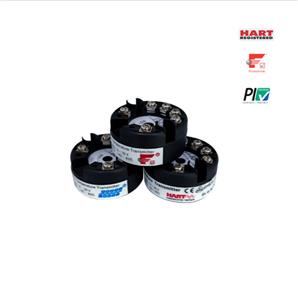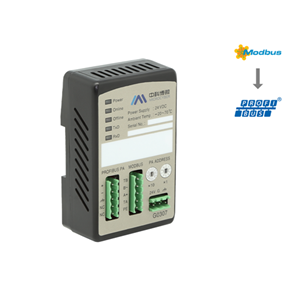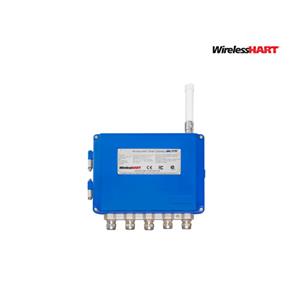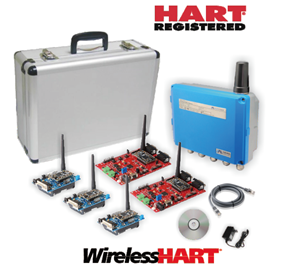Principle of pressure transmitter
In the general sense, the pressure transmitter is mainly composed of three parts: sensor sensor (also known as pressure sensor), measurement circuit and process connector. It can transform the physical pressure parameters that the pressure measuring component sensor feels into a standard electrical signal (such as 4 ~ 20madc, etc.) to supply the alarm, recorder, regulator and other second instruments such as the alarm, recorder, regulator and other second instruments. And process adjustment.
Pressure transmitter is a kind of pressure variable that accepts pressure variables. After the sensing is transformed, the pressure variable volume is converted into a instrument with a certain proportion to a standard output signal at a certain proportion. The output signal of the transmitter is transmitted to the central control room for pressure instructions, records or control.
Classification of pressure transmitters:
The pressure transmitter can be divided into a general pressure transmitter (0.001MPa ~ 35MPa) and micro -differential pressure transmitter (0 to 1.5kPa) according to the measurement range The accuracy of my country's national standard is 0.5%. Therefore, in recent years, it can be divided into high -precision pressure transmitters (0.1%or 0.2%or 0.075%) and general pressure transmitters (0.5%).
Pressure sensor can be used as the original pressure metering or as a sensitive element, and then automatically controlled, especially for measurement purposes, and put forward high accuracy requirements for it. Because the accuracy of the pressure sensor supported by the semiconductor chip is affected by temperature, pay attention to the temperature range of the sensor.
Static accuracy refers to the accuracy that should be achieved at a specific temperature. It can be divided into four files: 0.01-0, 1%FS, which is ultra-high precision; 0.1-1%FS, which is high precision; 1-2%FS, which is normal accuracy, 2-10%fs, low-precision.
Full temperature range accuracy: refers to the accuracy that the pressure sensor should achieve within the entire use temperature range. It is also divided into four files: 0.01-0, 1%fs, 0.1-1%fs, 1-2%fs, 2-10%fs, static accuracy reached 0.01-0, 1%FS, perhaps the accuracy of the full temperature range accuracy Only 1-2%FS, or even only 2-10%FS.
For users, the higher the accuracy of the pressure sensor, the better. However, when the accuracy of the pressure sensor reaches high precision, many bidding processes and calibration processes and compensation technologies must be added during the production process. Therefore, the corresponding cost will also be increased. The unit shall put forward reasonable accuracy requirements and corresponding temperature range according to the actual application and requirements of the pressure sensor.




